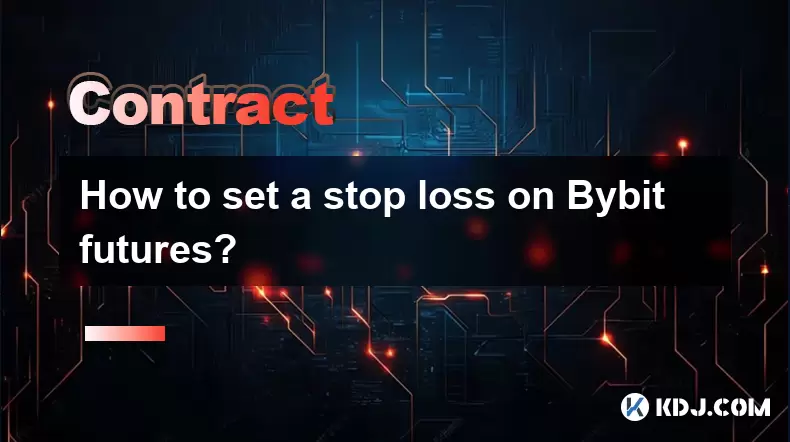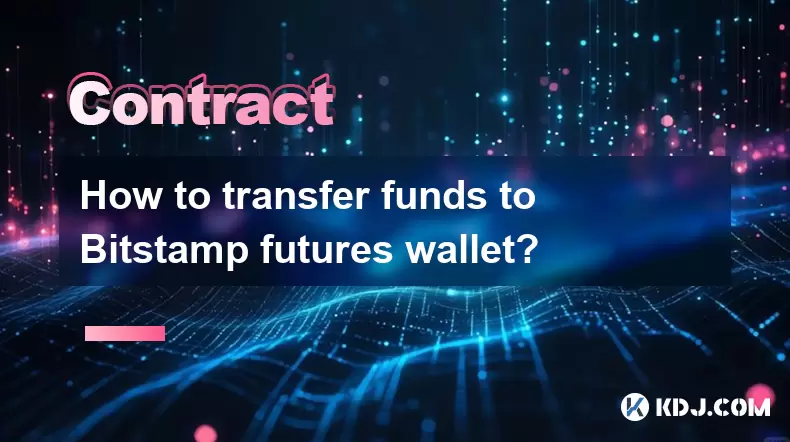-
 Bitcoin
Bitcoin $118900
1.66% -
 Ethereum
Ethereum $3735
1.35% -
 XRP
XRP $3.506
0.71% -
 Tether USDt
Tether USDt $1.000
-0.01% -
 BNB
BNB $799.4
5.78% -
 Solana
Solana $202.0
1.87% -
 USDC
USDC $0.9999
0.00% -
 Dogecoin
Dogecoin $0.2661
1.89% -
 Cardano
Cardano $0.8877
1.59% -
 TRON
TRON $0.3173
2.45% -
 Hyperliquid
Hyperliquid $45.00
2.59% -
 Stellar
Stellar $0.4723
3.40% -
 Sui
Sui $3.970
1.32% -
 Chainlink
Chainlink $19.67
1.94% -
 Hedera
Hedera $0.2710
1.99% -
 Avalanche
Avalanche $25.74
-0.01% -
 Bitcoin Cash
Bitcoin Cash $528.1
1.98% -
 Litecoin
Litecoin $120.1
3.57% -
 Shiba Inu
Shiba Inu $0.00001525
1.26% -
 UNUS SED LEO
UNUS SED LEO $8.989
-0.01% -
 Toncoin
Toncoin $3.304
1.74% -
 Polkadot
Polkadot $4.531
3.38% -
 Uniswap
Uniswap $10.74
2.51% -
 Ethena USDe
Ethena USDe $1.001
0.00% -
 Monero
Monero $325.5
2.44% -
 Pepe
Pepe $0.00001413
1.31% -
 Bitget Token
Bitget Token $4.860
0.85% -
 Dai
Dai $0.9999
0.01% -
 Aave
Aave $307.3
-2.07% -
 Bittensor
Bittensor $448.8
2.91%
How to set a stop loss on Bybit futures?
A stop loss on Bybit Futures automatically closes your position at a set price to limit losses, and you can add or adjust it anytime—key for managing risk, especially with leverage. (154 characters)
Jul 23, 2025 at 08:57 am

Understanding Stop Loss in Bybit Futures
A stop loss is a risk management tool that automatically closes a position when the market moves against you beyond a predefined price level. On Bybit, this feature is critical for traders engaging in futures contracts, where leverage can amplify both gains and losses. By setting a stop loss, you protect your capital from unexpected market volatility. The key is to place it at a level that balances protection with avoiding premature liquidation due to normal price fluctuations. For instance, if you’re long on BTC/USDT perpetual futures at $60,000, a stop loss at $58,500 means the position will close automatically if the price hits that level.
Accessing the Futures Trading Interface
To begin, log in to your Bybit account and navigate to the Futures tab at the top of the dashboard. Select the specific contract you’re trading—such as BTC/USDT Perpetual. Once in the trading interface, ensure you’re in the correct mode: either One-Way Mode or Hedge Mode, as this affects how stop loss orders behave across positions. In One-Way Mode, you can only hold one position per symbol, while Hedge Mode allows long and short positions simultaneously. This distinction matters because stop loss settings are applied per position, not per account.
Setting a Stop Loss During Position Opening
When opening a new futures position, you can set a stop loss directly in the order form:
- In the Order panel on the right, select Limit, Market, or another order type.
- Enter your desired quantity and price.
- Scroll down to the Advanced section and toggle on Take Profit / Stop Loss.
- Under Stop Loss, input your trigger price—this is the price that activates the order.
- Choose the trigger type: Mark Price or Last Price. Mark Price is typically safer as it prevents manipulation-based liquidations.
- Confirm the order. The stop loss will now be attached to your new position.
This method is ideal for proactive risk management before entering a trade.
Adding Stop Loss to an Existing Position
If you already have an open futures position without a stop loss, you can add one: - Go to the Positions tab at the bottom of the trading interface.
- Locate your active position (e.g., BTC/USDT long).
- Click the Edit button next to the position.
- A pop-up window will appear with fields for Stop Loss and Take Profit.
- Enter your desired stop loss price in the Stop Loss field.
- Select the Trigger By option: Mark Price is recommended for stability.
- Click Confirm. The system will now monitor the market and execute the stop loss if the trigger price is reached.
This real-time adjustment is essential for adapting to changing market conditions without closing and reopening the position.
Different Stop Loss Order Types on Bybit
Bybit supports multiple stop loss execution methods: - Market Stop Loss: Executes immediately as a market order once triggered. This ensures closure but may result in slippage during high volatility.
- Limit Stop Loss: Allows you to set a limit price for execution. If the market doesn’t reach your limit price after triggering, the order may not fill—this reduces slippage but risks partial or no execution.
- Trailing Stop: Automatically adjusts the stop loss price as the market moves in your favor. For example, if you set a trailing distance of $500 on a long position, the stop loss will follow the highest price minus $500. This locks in profits while allowing room for price swings.
Each type serves different strategies—choose based on your risk tolerance and market expectations.
Common Mistakes to Avoid When Setting Stop Loss
- Placing the stop loss too close to the entry price, leading to early exits due to normal market noise.
- Using Last Price instead of Mark Price, which can be manipulated by short-term spikes.
- Forgetting to set the stop loss in the correct position mode (One-Way vs. Hedge), causing confusion in multi-position scenarios.
- Ignoring leverage effects: higher leverage increases liquidation risk, so your stop loss must account for potential rapid price movements.
Avoiding these pitfalls ensures your stop loss functions as intended without unnecessary interference.
Frequently Asked Questions
Q: Can I set multiple stop losses on one position?
No, Bybit allows only one active stop loss per position. If you try to set another, it will overwrite the existing one. For layered risk management, consider using a combination of stop loss and take profit, or split your position into multiple entries with individual stop losses.Q: What happens if the market gaps past my stop loss price?
In extreme volatility, the price may skip your stop loss level entirely. If you used a Market Stop Loss, the order executes at the next available price, which could be significantly worse than expected. A Limit Stop Loss might not execute at all in such cases, leaving your position open.Q: Does Bybit charge fees for stop loss orders?
No, Bybit does not charge additional fees for placing or executing stop loss orders. You only pay standard taker or maker fees when the stop loss triggers and closes your position as a market or limit order.Q: Can I modify a stop loss while the market is closed?
Yes, you can edit or remove a stop loss at any time—even when the market is closed or during maintenance. The changes are saved immediately, and the system will apply them once trading resumes.
Disclaimer:info@kdj.com
The information provided is not trading advice. kdj.com does not assume any responsibility for any investments made based on the information provided in this article. Cryptocurrencies are highly volatile and it is highly recommended that you invest with caution after thorough research!
If you believe that the content used on this website infringes your copyright, please contact us immediately (info@kdj.com) and we will delete it promptly.
- Binance, Leverage, and Perpetual Contracts: A Trader's Deep Dive
- 2025-07-23 16:50:12
- Cardano, Hoskinson, and the ADA Rally: What's Driving the Surge?
- 2025-07-23 17:30:13
- Bitcoin Profit-Taking, Whale Behavior, and Technical Analysis: A July 2025 Snapshot
- 2025-07-23 17:30:13
- Tom Lee's Bold Bitcoin Prediction: $250K by '25 or $3M Long Term?
- 2025-07-23 16:30:12
- VeChain (VET) Price Prediction: Bullish Breakout or Short-Term Skepticism?
- 2025-07-23 16:50:12
- Jackbit Casino: Your Ticket to Crypto Bonuses and Free Spins in 2025
- 2025-07-23 16:30:12
Related knowledge

Why is my Bitstamp futures position being liquidated?
Jul 23,2025 at 11:08am
Understanding Futures Liquidation on BitstampFutures trading on Bitstamp involves borrowing funds to open leveraged positions, which amplifies both po...

Does Bitstamp offer inverse contracts?
Jul 23,2025 at 01:28pm
Understanding Inverse Contracts in Cryptocurrency TradingIn the realm of cryptocurrency derivatives, inverse contracts are a specific type of futures ...

How to find your Bitstamp futures trade history?
Jul 23,2025 at 08:07am
Understanding Bitstamp and Futures Trading AvailabilityAs of the current state of Bitstamp’s service offerings, it is critical to clarify that Bitstam...

Can I use a trailing stop on Bitstamp futures?
Jul 23,2025 at 01:42pm
Understanding Trailing Stops in Cryptocurrency TradingA trailing stop is a dynamic type of stop-loss order that adjusts automatically as the price of ...

How to trade ETH perpetuals on Bitstamp?
Jul 23,2025 at 03:28am
Understanding ETH Perpetual ContractsETH perpetual contracts are derivative products that allow traders to speculate on the price of Ethereum without ...

How to transfer funds to Bitstamp futures wallet?
Jul 23,2025 at 04:14pm
Understanding Bitstamp Futures WalletBefore initiating any transfer, it’s crucial to understand that Bitstamp separates your Spot Wallet from your Fut...

Why is my Bitstamp futures position being liquidated?
Jul 23,2025 at 11:08am
Understanding Futures Liquidation on BitstampFutures trading on Bitstamp involves borrowing funds to open leveraged positions, which amplifies both po...

Does Bitstamp offer inverse contracts?
Jul 23,2025 at 01:28pm
Understanding Inverse Contracts in Cryptocurrency TradingIn the realm of cryptocurrency derivatives, inverse contracts are a specific type of futures ...

How to find your Bitstamp futures trade history?
Jul 23,2025 at 08:07am
Understanding Bitstamp and Futures Trading AvailabilityAs of the current state of Bitstamp’s service offerings, it is critical to clarify that Bitstam...

Can I use a trailing stop on Bitstamp futures?
Jul 23,2025 at 01:42pm
Understanding Trailing Stops in Cryptocurrency TradingA trailing stop is a dynamic type of stop-loss order that adjusts automatically as the price of ...

How to trade ETH perpetuals on Bitstamp?
Jul 23,2025 at 03:28am
Understanding ETH Perpetual ContractsETH perpetual contracts are derivative products that allow traders to speculate on the price of Ethereum without ...

How to transfer funds to Bitstamp futures wallet?
Jul 23,2025 at 04:14pm
Understanding Bitstamp Futures WalletBefore initiating any transfer, it’s crucial to understand that Bitstamp separates your Spot Wallet from your Fut...
See all articles

























































































